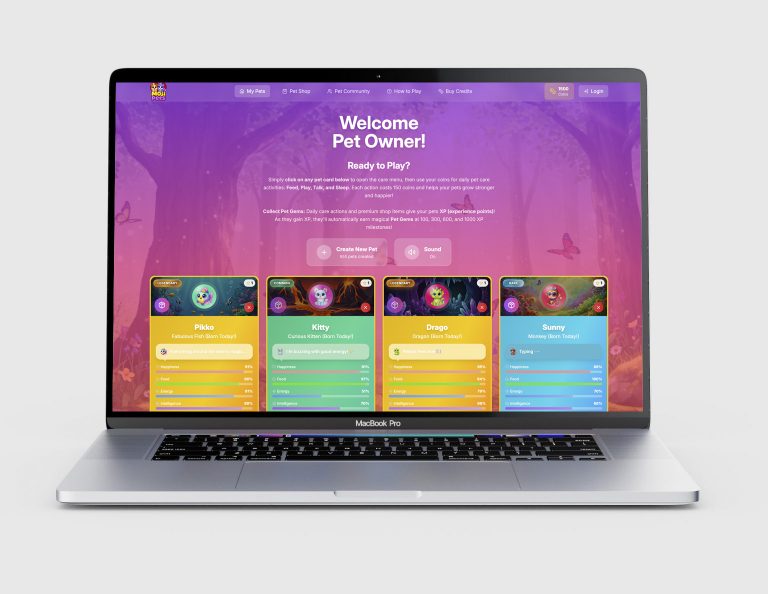In the realm of digital marketing, a beautifully designed website is only the beginning. To transform visitors into leads and ultimately loyal customers, understanding and optimising the user journey is paramount. A meticulously crafted user journey ensures that every interaction aligns with user expectations, guiding them seamlessly toward conversion. In this blog post, we’ll delve into the significance of the user journey for lead generation, explore the process of mapping it, and highlight strategies to meet user expectations at every touchpoint.
Understanding the User Journey:
The user journey refers to the series of steps a visitor takes from their first interaction with your website to the point of conversion. This journey is rarely linear and can include multiple touchpoints such as landing pages, blog posts, product pages, and contact forms. A well-defined user journey not only enhances the user experience but also maximises the chances of converting visitors into leads.
1. Mapping Your User Journey:
Mapping the user journey involves visualising and documenting the various stages a user goes through. Here’s how to effectively map your user journey:
- Identify Your Buyer Personas: Begin by understanding who your target audience is. Create detailed buyer personas that represent different segments of your audience. This helps tailor the user journey to meet their specific needs and preferences.
- Define Key Stages: Break down the user journey into key stages such as Awareness, Consideration, and Conversion. Identify the goals and actions users are likely to take at each stage.
- Touchpoints and Interactions: Identify all touchpoints where users interact with your website. This includes landing pages, blog posts, email campaigns, social media, and more. Map out the flow of interactions from one touchpoint to another.
- Pain Points and Motivations: Analyse the pain points and motivations of your users at each stage. This insight helps you address their concerns and provide solutions that guide them toward conversion.
2. Meeting User Expectations at Every Point:
To keep users engaged and lead them toward conversion, it’s crucial to meet their expectations at every stage of the journey. Here’s how:
- Awareness Stage: In the awareness stage, users are seeking information and solutions. Provide valuable content such as blog posts, infographics, and videos that address their pain points and offer insights. Optimise your SEO to ensure your content is discoverable.
- Consideration Stage: At this stage, users are evaluating their options. Offer in-depth resources such as case studies, eBooks, and webinars that showcase your expertise and build trust. Implement clear calls-to-action (CTAs) that guide users to the next step.
- Conversion Stage: When users are ready to convert, make the process as seamless as possible. Simplify forms, provide transparent pricing, and offer incentives such as discounts or free trials. Ensure your website is intuitive and user-friendly, minimising any friction points.
3. The Relevance of User Journey to Lead Generation:
A well-orchestrated user journey is directly tied to successful lead generation and conversions. Here’s why:
- Enhanced User Experience: A user-friendly journey keeps visitors engaged and reduces bounce rates. When users find what they’re looking for effortlessly, they’re more likely to stay longer and explore further.
- Higher Conversion Rates: By addressing user needs and expectations at each stage, you increase the likelihood of conversion. A streamlined journey minimizes obstacles and guides users toward taking desired actions.
- Data-Driven Insights: Mapping and analysing the user journey provides valuable insights into user behavior. This data allows you to refine your strategies, optimize content, and make informed decisions to improve lead generation efforts.
The user journey is the backbone of a successful lead generation strategy. By mapping the journey, meeting user expectations, and continuously optimising the experience, you can create a path that guides visitors from curiosity to conversion. Remember, every interaction matters, and a well-crafted user journey not only boosts conversions but also fosters lasting relationships with your audience.




